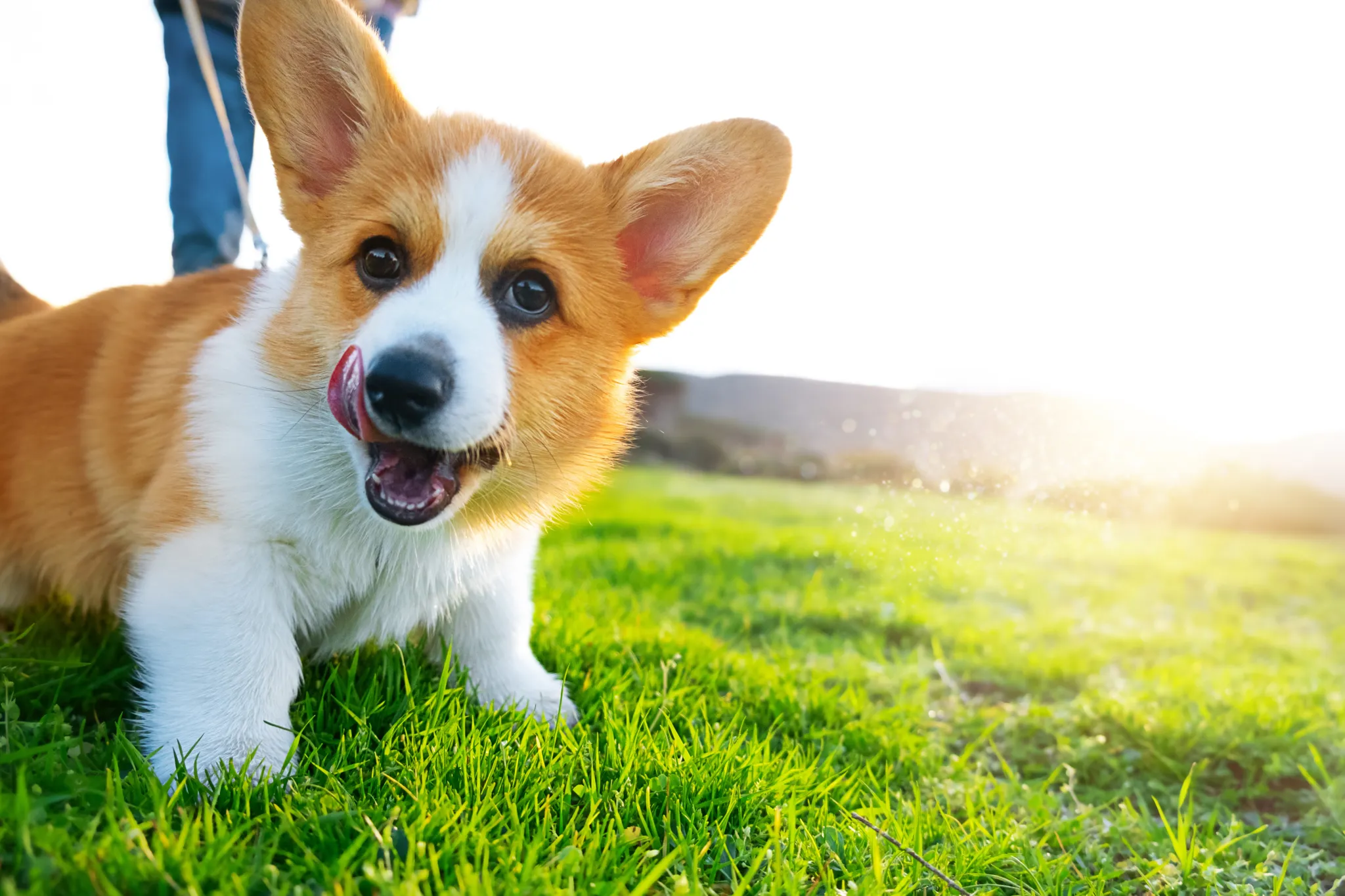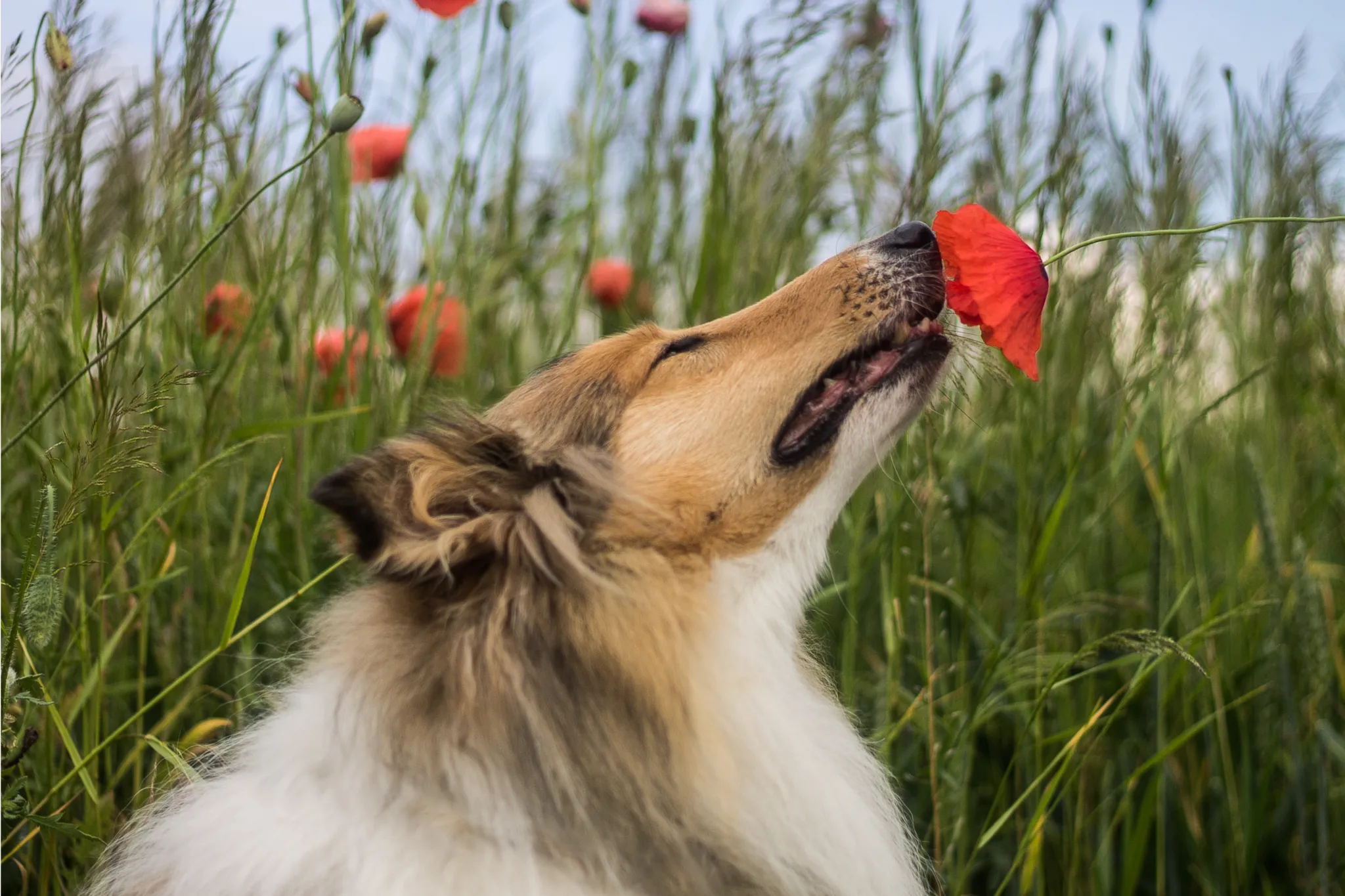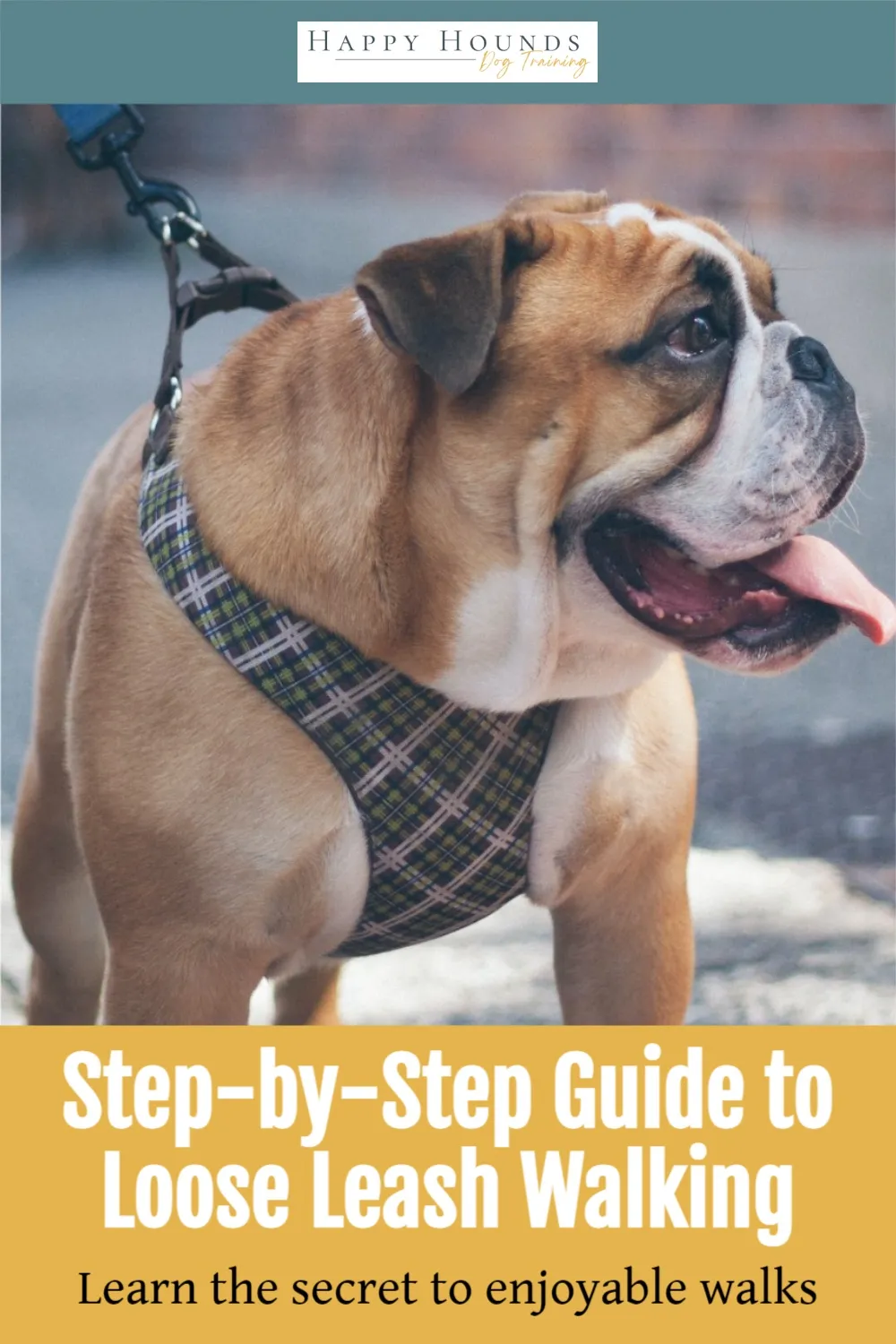One of the best parts of dog ownership is heading out for walks together, but that joy quickly fades when your dog drags you down the street like a determined sled team. If every outing feels like a tug-of-war game you didn’t sign up for, it’s time to teach loose leash walking. Learning how to teach your dog to not pull can transform those frustrating pulls into relaxed, enjoyable strolls for both of you.
Dogs don’t pull on purpose to challenge you—they simply haven’t learned the polite way yet. As experienced trainers at Dog Care Story, we’ve helped countless owners master this skill using positive reinforcement only, without choke chains or aversive tools. Positive methods build trust and make walks a bonding experience, ensuring your dog walks happily by your side.
Why Dogs Pull on the Leash
Pulling isn’t about dominance or stubbornness; it’s rooted in simple, natural reasons that any dog owner can address.
Lack of Sufficient Exercise
Many dogs don’t get enough daily activity for their breed’s energy levels. A standard 30-minute walk often falls short, leaving them bursting with pent-up energy. Before expecting calm walking, provide outlets like off-leash runs, ball chasing, or dog park visits to tire them out properly. Meeting your dog’s exercise needs is key to successful training.
Humans Walk Too Slowly
Dogs naturally move faster than people, making it tough for them to match your pace. Picture yourself walking a turtle—you’d want to speed up eventually. Empathy helps here: acknowledge the effort it takes for your dog to slow down, and reward them generously for staying close.
Irresistible Outdoor Scents and Sights
The world outside is a sensory explosion for dogs, with 50 times more scent receptors than humans and brains wired to process smells at parts-per-trillion levels. A plain grass patch is paradise to them. If pulling has led to sniffing rewards in the past, it reinforces the behavior—time to replace it with better incentives.
 Sled dogs pulling on leash
Sled dogs pulling on leash
Past experiences mean change takes patience, but consistent positive rewards shift focus back to you.
How Dogs Learn and Training Basics
Dogs learn through rewards for desired behaviors or punishments for unwanted ones, but positive training emphasizes teaching what to do, not just what to avoid. Punishment creates stress; rewards build understanding.
Start in low-distraction environments like indoors, where success is likely and rewards flow freely. Distractions ramp up performance difficulty, much like reciting the alphabet silently (easy) versus on a crowded stage (overwhelming). Gradually increase challenges to let skills solidify without frustration.
 Bulldog pulling on leash
Bulldog pulling on leash
Positive methods ensure fair training—never punish overwhelm, just set them up to win.
Essential Skills Before Loose Leash Training
Master these three foundational commands first to build impulse control and focus, saving your arms during walks. Practice daily for a few days indoors.
Teach “Sit”
“Sit” provides breaks and transitions during walks, helping manage excitement in distracting areas.
Teach “Focus”
This cue encourages eye contact, signaling great things come from checking in with you—vital for maintaining attention outdoors.
For more on focus and check-ins, explore how to teach my dog to come here.
Teach “Leave It”
Prevents grabbing hazards and ignores distractions, promising better rewards for compliance.
These skills create a focused dog less prone to pulling.
 Dog training illustration for loose leash basics
Dog training illustration for loose leash basics
With these in place, transition to walking training confidently.
Heeling vs. Loose Leash Walking
Understand the difference: Heeling is strict positioning at your side (left preferred), ideal for high-distraction spots. Loose leash walking offers more freedom within a slack 6-foot leash, allowing polite sniffing.
Use a standard 6 ft leash—avoid retractables. Heel 50% during early training for clear rules, then shift mostly to loose leash for fun. Check teaching your dog to not pull on leash for visuals.
Heeling teaches precision; loose leash keeps walks enjoyable.
Step-by-Step: Training Your Dog to Heel
Prepare: Leash your dog in a sit on your left, treats in left hand, loose leash in right.
- Get focus and treat.
- Say “Let’s go!” Lure with treat at nose level for 3 steps at your side, reward.
- Add “Heel” cue, build to 10 steps.
Progress outdoors gradually, stepping back in difficulty. Phase out lure: Reward check-ins, aim for 1-minute heels. Use “leave it” for side pulls, change direction for front pulls—reward returns.
Sessions: 20 minutes, twice daily. Once yard-mastered, advance to quiet streets, rewarding frequently.
 Positive reinforcement training graphic
Positive reinforcement training graphic
Consistency pays off—pulling gets zero rewards from day one.
For puppy-specific tips, see how to get puppy to follow on leash.
Step-by-Step: Training Loose Leash Walking
With heeling solid, introduce freedom.
- From heel sit, say “Let’s go! Ok!”—point ahead, let them explore slack leash range.
- Allow polite sniffs; cue “Let’s go” or “leave it” for long ones, reward compliance.
Practice transitions: Sit between heel/loose shifts. Watch body language—preempt pulls by turning, rewarding follows. Manage super smells with “leave it,” heel if needed.
Build duration and distractions slowly, praising check-ins. Use how to teach my dog not to pull for reinforcement.
 Step-by-step guide to loose leash walking
Step-by-step guide to loose leash walking
Troubleshoot: Distance from distractions, focus breaks, no pulling rewards.
Troubleshooting and Final Tips
- Exercise first—tired dogs focus better.
- High-value treats liberally early; wean later.
- Short, fun sessions; play breaks.
- Commit: No rewards for pulling ever.
Walks become stress-free bonds with time.
Both you and your dog deserve pleasant outings. Practice patiently, and soon you’ll enjoy pull-free walks. Share your progress in comments, or contact Dog Care Story for personalized training help!
